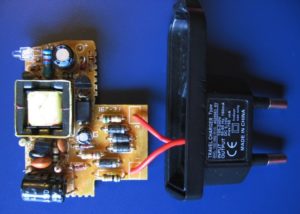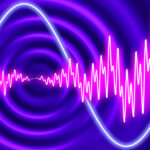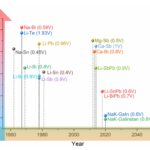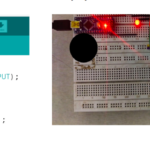Figure 1: A mobile phone charger, this switch mode power supply converts AC mains to DC and is rather small. A linear power supply would not introduce as much noise to the phone, but it would be larger, more expensive to operate, and would release more heat during operation. (Credit: Hans Haase, Wikipedia, under CC BY-SA 3.0)
Some analog applications are very noise sensitive such as medical equipment, communications equipment, instrumentation, or test and measurement equipment. Elimination of all potential noise sources in a circuit may be necessary, including conducted, radiated, and thermal noise. One possible source of conducted noise can be found in the power supply bus. Eliminating this noise may lead to the use of linear regulated power supplies rather than switch-mode power supplies (SMPS). Both types of power supply convert power by taking in a known power source and delivering a regulated power output at a specified voltage and current to drive a load. They must maintain the same levels in steady-state operation and regardless of transient conditions (unlike a simple voltage divider, for instance.) However, these power supply solutions accomplish this in different ways and with very different advantages and disadvantages.
For some, it may be necessary to note that linear power supplies can convert either AC or DC power to DC power and are today known by many as large benchtop equipment. On the other end of the size spectrum is the linear voltage regulator, an integrated chip (IC) used in circuits, which can only accomplish DC step-down power. A subset of the linear voltage regulator is the Low Drop-Out (LDO) regulator, which is ideal for devices that operate with a supply voltage (DC) that’s very close to the device’s output voltage (DC).
SMPS, as power supplies that convert from AC mains to DC, are most commonly known as AC-to-DC converters that plug into the wall (AC mains). SMPS come in sizes down to the IC level. SMPS in IC packages are still referred to as AC/DC converters. SMPS ICs can convert a wide range of input voltages, including AC mains as an input voltage. However, SMPS of all sizes are also able to handle DC-to-DC voltage conversion and as ICs may be referred to as voltage switching regulators.
Linear power supplies offer a stable, clean, low noise power source that is also accurate. Up until around the end of the 1960s, linear regulators were the foundation for all power supplies. However, linear power supplies are bigger and less efficient than SMPS because they maintain a constant current flow. SMPS are noisier (producing a high-frequency noise), produce less heat, are more power efficient, cost effective, and smaller than linear power supplies with similar output. Many applications can handle the noise that is introduced by SMPS. Linear power supplies are quieter than an SMPS because an SMPS switches rapidly to rectify input.
To assuage some of the trade-off pain of noise from SMPS for size and efficiency, SMPS is offered as an isolated power supply, which helps to reduce noise transmission. Isolated power supplies may be sufficient for applications that are noise-intolerant.
The post FAQ: Trade-offs in reducing noise with linear power supplies vs. switch mode power supplies By Janet Heath appeared first on Analog IC Tips.







